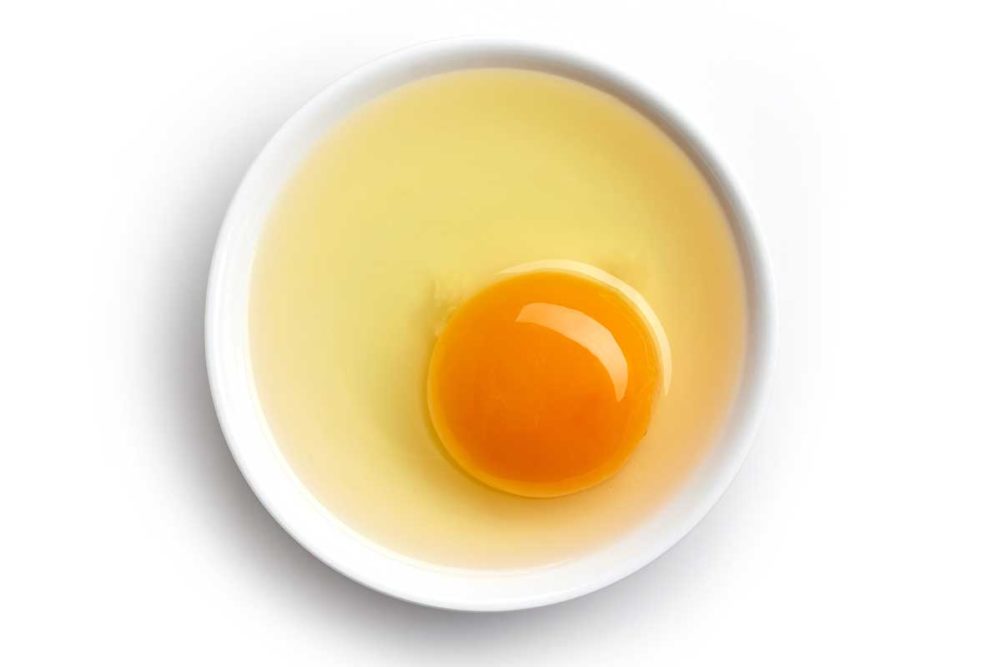Farm-to-fork traceability translates to the authenticity and transparency consumers increasingly demand. Bakers can deliver quality products that meet these expectations by using eggs.
“Highly functional, recognizable ingredients like real eggs deliver on the quality promise for both the consumer and the manufacturer,” said Elisa Maloberti, director of egg product marketing, American Egg Board. “On the consumer side, eggs represent a comforting staple that appear in 94% of kitchens nationwide. On the manufacturing side, egg ingredients deliver more than 20 functional properties that interact synergistically with both common and unique ingredients used to create gold-standard cakes, muffins, cookies, cheesecakes and other popular products. The product appearance, taste and subtle variables like crumb quality, tenderness and texture can be traced in part to the role eggs play in baking operations.”
No single ingredient can replace the many functionalities of shelled eggs.
“Egg products are pasteurized to ensure food safety,” Ms. Maloberti said. “They’re easy-to-use and provide batch-to-batch consistency.”
The challenge for bakers is that shelled eggs are not a smart choice. Not only is it time-consuming to break eggs, there’s always that chance of shell getting into the recipe. Further, shelled eggs are inconsistent in size and even composition, based on time of year and the hens’ diet. As a result, most bakers rely on egg products, which come dry, liquid and frozen. They can be separated into whites and yolks and even blended with other ingredients for enhanced functionality.
Egg whites, for example, are available as standard, high-whip — sometimes called angel whites — and high-gel whites. Each contributes a different functionality to baked goods.
Standard egg whites would be appropriate for frittata bites. High-whip, on the other hand, would be best for meringue. In complex systems such as nutrition bars, high-gel egg whites not only assist with adhesion and texture, but they also contribute protein.
This article is an excerpt from the October 2020 issue of Baking & Snack. To read the entire feature on dairy and eggs, click here.





